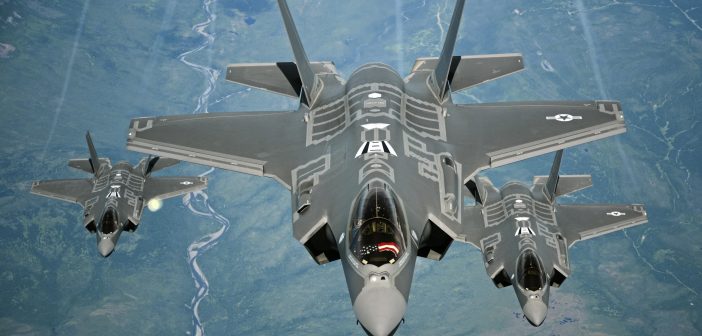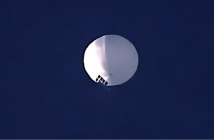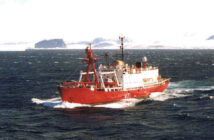Since its inception, the Joint Strike Fighter program has faced incessant criticism.
Experts said the biggest defense program in history to develop three version of a common stealthy jet would prove an expensive failure.
Some maligned the importance of costly stealth and sophisticated avionics, arguing for simpler, cheaper planes.
Each technical or budget setback was portrayed as show stopper, prompting calls for the program to be cancelled.
Supporters, however, argued the Lockheed Martin F-35 Lightning II was vital to modernizing US and allied fighter forces with jets able to counter future threats.
They were right. In exercise after exercise, the F-35 is demonstrating its superiority to legacy aircraft types and vindicating the combination of stealth, powerful sensors and data sharing.
Lt. Gen. Jon “Dog” Davis, USMC, the US Marine Corps deputy commandant for aviation, has aptly said that a pack of F-35 is unstoppable against existing jets, simulated high-end air defenses and ground targets.
As the jets prove their capabilities, the man heading the program – Lt. Gen. Chris Bogdan, USAF – is focused on continuing to cut acquisition and sustainment costs.
Within a few years, the unit price of the jets will be $80 million as the actual cost per flying hour closes in on the $25,000 per hour price of operating existing aircraft like the F-16.
Without doubt, this performance has come at enormous cost to overcome technology hurdles and restructuring the program to ensure its success. There have been many expensive lessons that have been learned, among them what happens when a program is too ambitious, fails to control requirements and tries develop and produce a complex aircraft at the same time.
Only the Pentagon could bring together a dozen nations, unprecedented technology, industrial planning and covered the sheer cost of realizing such an ambitious project. Yes, the F-35 will be more expensive than the planes it replaces, but that’s been the case with each quantum leap in capability.
The F-35 is now a reality, in service with the Marines and Air Forces, as the Navy works to follow suit. To date, more than 170 jets have been delivered as manufacturing ramps up as pilots and ground crews are trained in increasing numbers at home and abroad.
That process is moving more quickly because of the common nature of the aircraft and its combat system. A pilot from one nation can climb into a jet belonging to another and operate it seamlessly – a core attribute to increasing allied interoperability.
The key now is to increase production as quickly as possible because the more aircraft are fielded, the more quickly unit prices will drop and older, increasingly expensive jets can be retired.
As the dean of the Mitchell Institute for Aerospace Studies, retired Lt. Gen. Dave Deptula, USAF, drives home at each opportunity: The US Air Force in particular operates a “geriatric” force that’s in dire need of new capabilities to counter emerging threats and replace jets that are becoming ever more costly to maintain.
The Pentagon has tried to keep F-35 funding stable, but there is mounting pressure to slow the program to pay for other priorities. It must do all it can to get as many JSFs into service as quickly as possible to cut its own costs and field capabilities so potent they will serve a key conventional deterrent.




